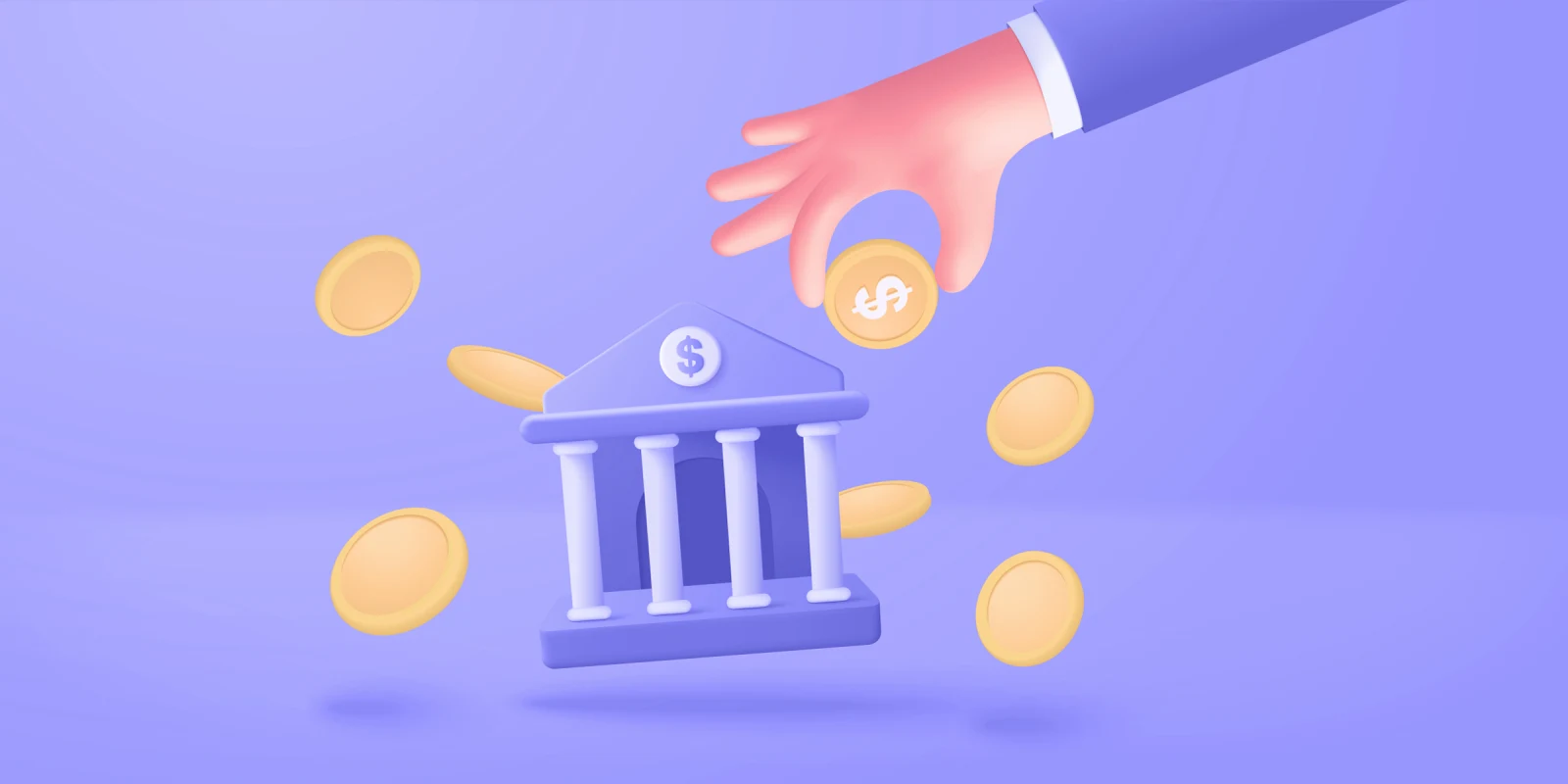Advocates of FIRE (Financial Independence Retire Early) often talk about the end result of using their model: freedom with your time, money, and resources. And far be it from me to argue with those concepts. I am not anti-FIRE – after all, I want you to find financial freedom so you can live a life you love and practice medicine because you want to and not because you have to due to financial constraints.
That said, what I’ve found is that the personal finance community doesn’t talk enough about what to do once you actually reach financial freedom – the how of it all and what it actually looks like once you want to pursue early retirement.
Specifically, how do you access your retirement funds ahead of time? This is an important consideration given that there’s a 10% tax penalty for early retirement withdrawal before you reach age 59 and a half. And that’s on top of the amount you’re already set to be taxed when using pre-tax funds. Though not an exhaustive list, let’s dive into eight ways to avoid the early retirement tax penalty.
Retire at 55
If you plan on retiring early, from the IRS’ view, this means you'll do so before the age of 59 and a half years old. The IRS recognizes that and gives some leeway when it comes to the 10% penalty imposed on those who withdraw funds before this age. In fact, the IRS has said that the year in or after the year in which you turn 55, often referred to as the Rule of 55, you can start accessing retirement funds from your 401(k) without paying the 10% early withdrawal penalty — as long as you've separated from your employer.
Cash Reserves
Saving up a cash reserve to cover one to two years of expenses in early retirement is another way to avoid the 10% early retirement penalty.
There can be an opportunity cost to this option, but not only does it help you bridge the gap should you decide to retire earlier than 55, it also helps mitigate one of the biggest risks and worries that people have in early retirement, which is a sequence of return risk. That way, if your worst-case scenario does happen and the market dives by 70% in the months after you retire, it won’t really matter because you don’t need to withdraw any money from it. Your investments will continue to grow while you live off of your cash reserve.
Bond Ladders
Without diving into the weeds, bonds are another potential option if you don’t want to depend on a cash reserve that is losing money to inflation. If you buy bonds that mature at different intervals (1 year, 5 years, 8 years, 10 years, etc.), the goal is that each year or each couple of years, you have bonds reaching maturity that you can access for a consistent influx of money.
Brokerage Account
I didn't always love the idea of a brokerage account, but the further I got along, the more I loved it. Its flexibility means you can tap into it at any point – which I don't encourage, particularly if you're using it to save for retirement – but you could and all without getting hit with a 10% penalty on the funds you take home.
You can draw down money in early retirement and only pay the capital gains tax on it, which makes it another great way to avoid the tax penalty for early retirement withdrawal.
457 Account
One of my favorite early retirement options is a 457 account, which many people don't realize functions differently than a 401(k) or a 403b. While a 401(k)/403b requires us to wait till age 55 for withdrawals, a 457 account is something you can tap into as soon as you separate from your employer. It's deferred compensation. But what does that really mean?
It means that regardless of your age when you retire, say you end up stepping away at the age of 47, you can immediately start accessing the funds you’ve been tucking away the last 15 years, all without getting hit with the 10% early retirement penalty you’d experience from a 401(k) or 403b.
Note: There is a significant difference between governmental (typically offered by state and governmental organizations) and non-governmental 457 accounts. Not every non-governmental plan is a “good” plan. So, due diligence before investing in a 457 is key.
Substantially Equal Periodic Payments (SEPP)
If you agree to receive SEPP, the IRS forgives the 59-and-a-half rule. The stipulation is that they have to be substantially equal, meaning they have to be basically the same amounts, and they have to occur after you leave your employer.
You might be wondering, “How do I determine those substantially equal periodic payments?” There are a few different ways, but a common one that financial advisors will employ is first to calculate your life expectancy and then to utilize a Required Minimum Distribution method. This helps you determine, based on life expectancy, how much you must take out each year. Two other ways to take fixed payments based via an amortization or annualization method.
Regardless of which method you choose, there are rules for how long you must continue these payments before adjustments can be made. In other words, if you decide to go the route of a SEPP, make sure you understand the ins and outs of SEPP plans.
Roth Ladders
When you’re planning on retiring early, you can access tax-free withdrawals of your Roth IRA contribution. The contributions you withdraw there are technically tax-free because Roth IRAs only contain post-tax investments. The caveat here is that the money has to have been in your Roth account for at least five years.
Similar to the bond ladder mentioned earlier, you can build a Roth ladder where you take money from a pre-tax account, put it into a traditional IRA, convert it to Roth, and then wait five years to withdraw the money.
Partial FIRE
A final option worth mentioning is to avoid retiring completely. Instead, maybe you go part-time or transition to locum tenens shifts. This is a way to bring in cash flow so that you don’t have to tap into as many of the opportunities listed above.
So many factors play into having a happy retirement that entire books have been written on how to avoid variables that might make retirement negative. As my friend, Dr. Jordan Grumet, points out in his book Taking Stock, it is important to incorporate three major factors regardless of the stage of our journey: purpose, connection, and identity. Earning enough income to partially retire in a way that provides enjoyment and helps fill time before you turn 55 could provide you with some or all of those things.
These are eight ways that you might consider avoiding that 10% early retirement tax hit on top of the taxes you'd normally be paying while accessing these accounts before the age of 55.
Given that personal finance is personal, you’ll have to decide — or consult a financial professional to determine — which methods to mix and match in order to be as tax efficient as possible if you pursue early retirement.
Are you part of the FIRE movement? What's your plan?
Dr. Jimmy Turner is a practicing anesthesiologist, physician entrepreneur, and coach for doctors. You can find him on Instagram or Twitter @tpp_md. You can also learn more by visiting his website.
Image by Vector Stock Pro / Shutterstock







